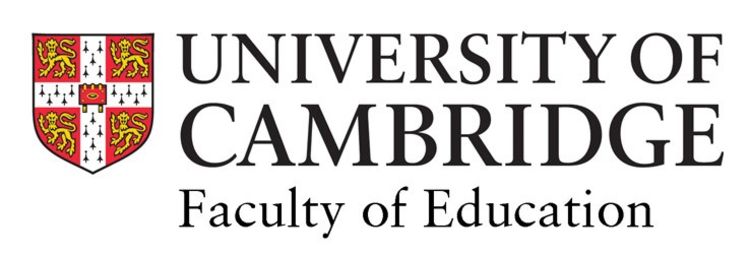Tyler Denmead’s ‘The Creative Underclass’ on virtual tour
Dr Tyler Denmead is undertaking a virtual ‘tour’ of his book, The Creative Underclass, starting this month. The book was originally published in 2019, and draws on his earlier experiences as the founder of an arts programme for marginalised youth in a US city. In so doing, it raises uncomfortable questions about the role of cultural projects in wider processes of urban regeneration, and how they might easily help to perpetuate exactly the sort of social and racial injustice that they seek to address.
Full details about the tour are available on Tyler Denmead’s website. Groups and organisations interested in hosting either a public talk or a private discussion – whether for an academic or non-academic audience – are welcome to contact him at td287@cam.ac.uk.
Denmead is now University Lecturer in Arts and Creativity in Education, based at the Faculty. As a student at Brown University back in 1997, however, he founded New Urban Arts, an arts and humanities programme aimed particularly at young people of colour from local communities in Providence, Rhode Island. The venture was widely-praised for its work, and is now a thriving, tuition-free, community arts studio, which attracts hundreds of participants, mostly aged between 14 and 18, each year.

The Creative Underclass, Duke University Press
The Creative Underclass, Duke University Press
In 2012, several years after stepping down from his role as its director, Denmead returned to New Urban Arts as a researcher. He hoped to write a book which would attempt to understand the ‘magic’ participants often used to describe its pedagogic environment, and derive wider lessons from this.
Instead, however, he became concerned by the ways in which the project had become entangled with a concerted, city-wide effort to renew Providence. This began shortly before New Urban Arts’ own foundation, and aimed to revitalise the city after a long period of post-industrial depression. Processes of urban gentrification in the United States and elsewhere have long been criticised for frequently reproducing ‘whiteness’ and associated models of racial inequality and social injustice. With hindsight, Denmead now saw that New Urban Arts had to some extent been part of the leveraging of cultural programmes to that end, and that he himself had been complicit in it.
The Creative Underclass examines that process, drawing heavily on interviews with former participants. Many discerned an uncomfortable duality about the programme, Denmead found; acknowledging its valuable role in their own lives, but also its part in a broader pattern of urban development which continues to marginalise young people of colour from lower-income settings.

Tyler Denmead
Tyler Denmead
Denmead argues that cultural projects like his own can effortlessly assume a narrative of transforming ‘troubled youth’ into ‘creative youth’. This inherently assumes that young people of colour will come to acknowledge – and perform creative responses to – their supposedly ‘troubled’ state, thus reproducing exactly the sort of assumptions that the projects are meant to overcome. In the context of wider urban renewal, they also become emblems of regeneration aimed at attracting young, affluent – and mostly white – people to the city: a socio-economic programme which eventually preserves or even deepen longer-standing forms of racial inequality or social injustice.
His analysis is highly self-critical: Denmead realises he was – and to some extent performed his role as – a ‘good, white creative’, supposedly transforming the lives of these young people. Unsurprisingly, he is therefore ambivalent about what he achieved. “On the one hand, I helped to create the pedagogic conditions for young people to develop and theorise creative cultural practices that have troubled their subjectification as culturally-deprived members of an underclass,” he writes. “On the other, I was a ‘gentrifying force’, as one former youth participant put it, who helped reconfigure Providence at the expense of these youth participants.”
Nor is the book an entirely negative reflection, however. Half of it also examines how young participants in New Urban Arts challenge these norms through creative acts: in some cases, by undermining representations of their social identities which degrade them; conversely, by deliberately exceeding them for their own entertainment and benefit; and also by directly refusing attempts to transform (or ‘cure’) their supposed deprivation. These processes, Denmead suggests, perhaps illuminate a pathway showing how the arts and creativities might respond effectively to the indignities and injustices of marginalised youth. “At a minimum, supporting young people and their creative cultural practices must be intertwined with dismantling notions of urban renewal that are foremost invested in white profitability,” he writes.
The Creative Underclass is published by Duke University Press. Tyler Denmead has recently written an article for the Press blog about how the book came to be, which can be found here.

